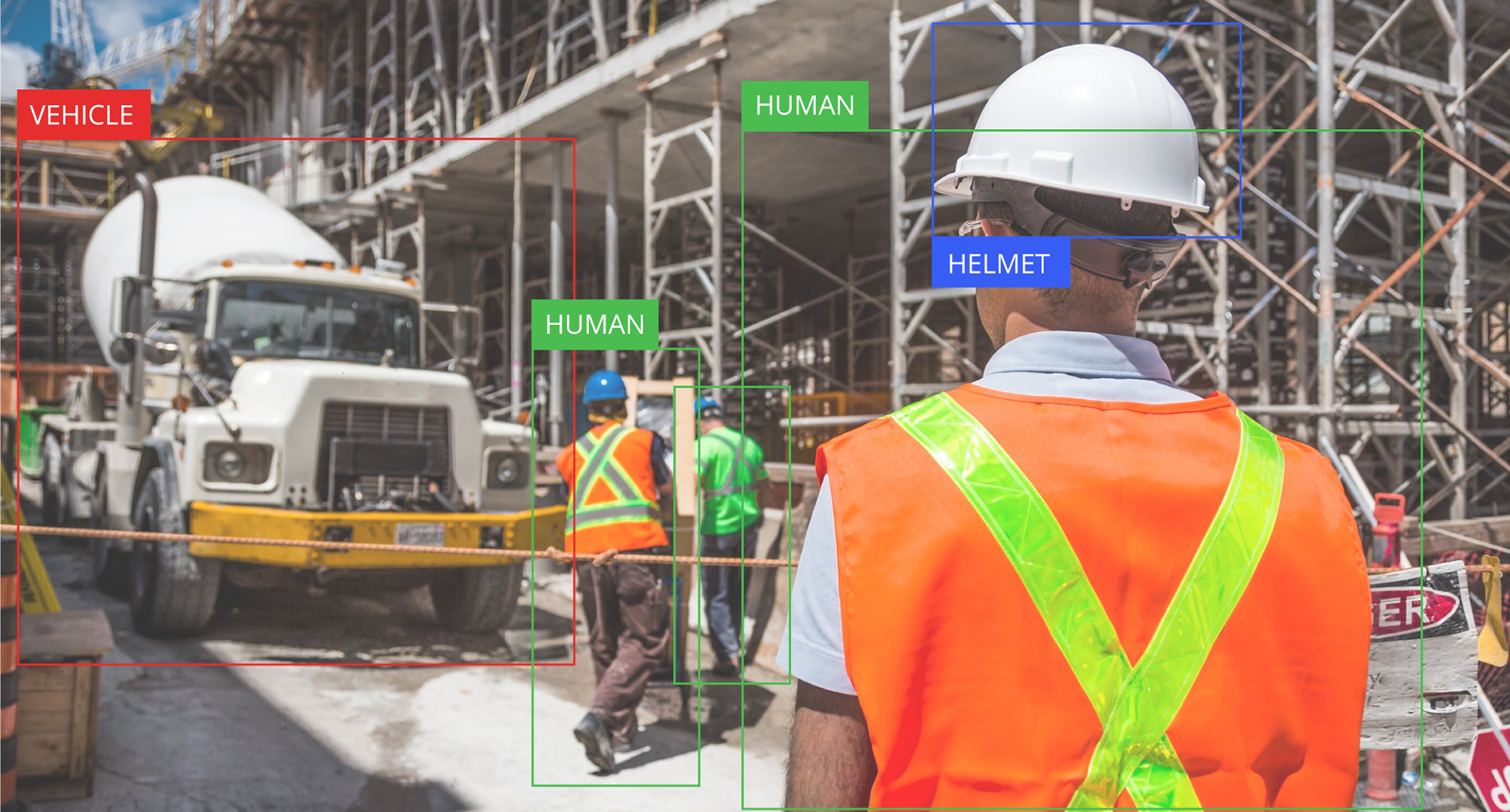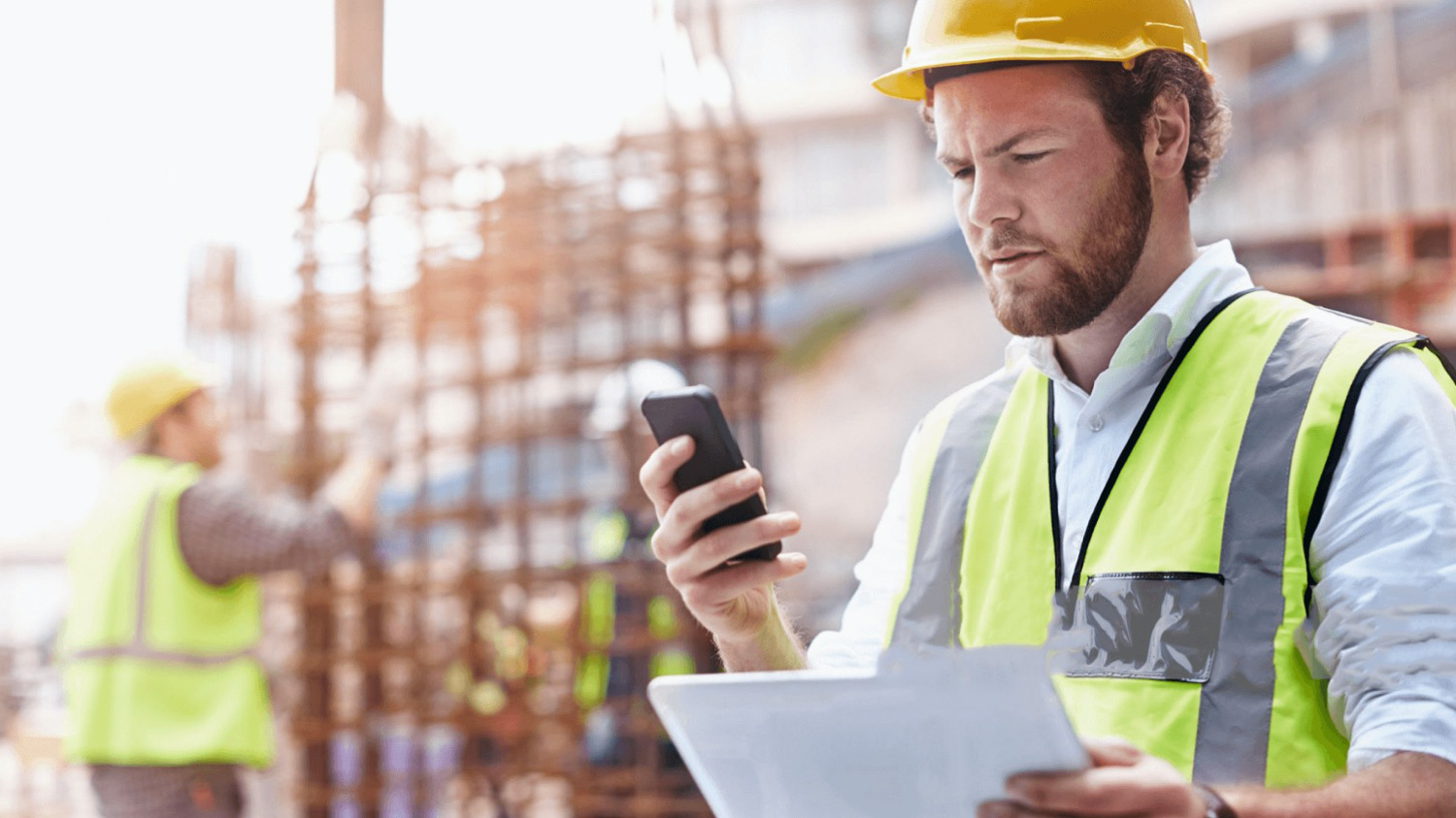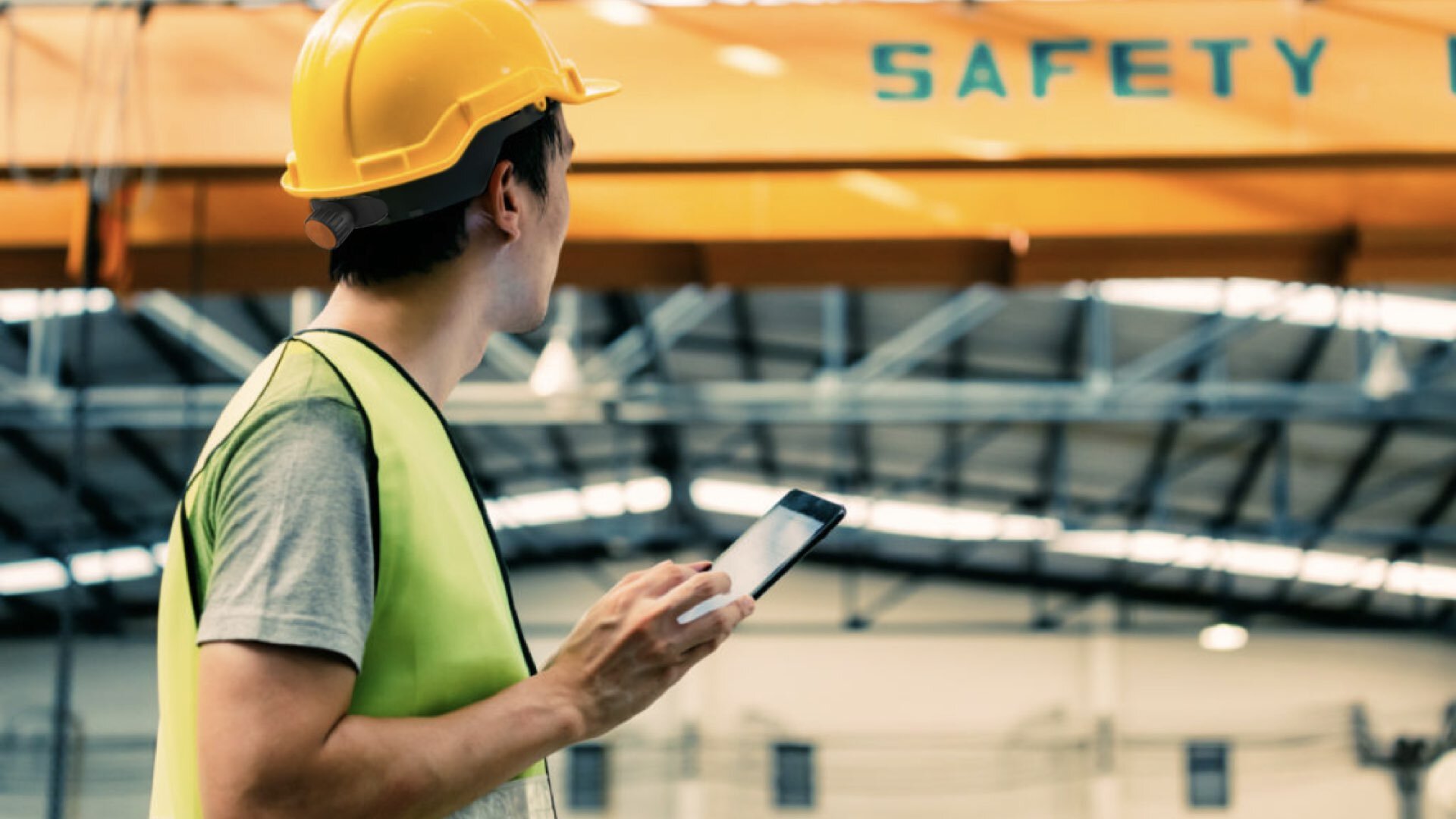Enhancing Construction Safety by Implementing Smart Site Safety System (SSSS) – a recommended recipe with some dos & don’ts
By Andy Chan - Technical Director, Spatial Technology Limited
Smart Site Safety System (SSSS), the latest site digitalisation initiative driven by the Development Bureau, has been the laser-focused topic amongst construction practitioners. The follow article will attempt to provide a basic framework and guideline for customers who are planning SSSS implementation. Some recommended do-s & don’t-s are offered based upon the author’s recent solid project experiences.
Following the release of Smart Site Safety System (SSSS) Technical Circular earlier this year, most of the local construction practitioners are overwhelmed by this new initiative and ambivalent about what would be the optimal solution.
Shall we just follow through the Item 1-10 in the TC, or merely start with low- hanging easier tasks to kick-start the project ? How can we select the right set of smart safety devices & what are the critical success factors for maximising benefits from this hardware investment ? Is CMP a must-do or we can just deploy it in later project stage ?
Based upon our solid implementation experiences gained from reference projects at varying scales in past 2 years, below please find a summary on some recommended do-s & don’t-s :-
1) Identify your target safety applications/deliverables of your project & rank them in priority for execution along the project life cycle
Each construction project has its unique attributes in the context of safety management. You are advised to consult all major stakeholders and agree on the priority of safety applications.
Next, it is essential to work with your shortlisted or selected solution provider(s) to define some preliminary target deliverables and devise tentative implementation plan. This can enable you to craft a high-level roadmap plan, navigating your actions towards target milestones throughout different project periods.
2) Digitalise PTW and establish workflows to integrate with corresponding IoT/AI smart devices
Installing IoT/AI smart devices to provide alerts is insufficient in reassuring site safety. It is of utmost significance to firstly digitalise permit-to-work and establish workflows to integrate with those major IoT/AI devices. For instance, integrating e-PTW workflow with access rights of danger zones can ensure qualified & pre-approved workers to enter into the areas to perform high-risk job functions.
Moreover, under circumstances of remote site environment with unstable communication network while smart devices may occasionally dysfunction, e-PTW, which can work in offline mode, becomes critical tool to reassure safety compliance.

3) CMP is the must-have platform for conducting real time safety monitoring & predictive analytics
CMP is the crucial & indispensable component amongst all other items listed in the TC. While project managers are generally highly concerned about the selection & deployment of IoT/AI , it is equally important to identify a suitable
CMP with capacity for truly integrating all data from these smart devices via API starting from the beginning of your SSSS implementation plan. With a GIS- engine based centralised platform in place, real time location-based safety monitoring can be well executed.
While some CMPs can offer very visually compelling “homepage” for project executives’ visualisation at the site control room, another key consideration factors in CMP selection indeed lies in its capability to process various data attributes and in turn generate multiple dashboards for meaningful predictive analytics. Whether the CMP can accommodate flexibility with configurability based on different users’ requirements would also bring additional benefits to the project team.
In light of the Construction 2.0 initiative with focus on overall smart site data management, selection of a CMP with value-added functionality of true DWSS & BIM/CDE integration will definitely enhance your overall project productivity & safety.
Next, let’s see what are the major “don’t-s” with objective of maximising your ROIs and minimising risks:-
1) Don’t invest in a fixed platform solution lacking scalability & expandability
As discussed earlier, each project may have evolving new safety applications throughout the project life cycle based upon client requirements or other environmental dynamics. Deployment of a fixed platform solution without paths for further data integration and function enhancement means non- sustainability and lower ROI.
2) Don’t be copy-kat merely following other peer sites’ product check-list & implementation plan
Each project indeed has its uniqueness in safety application priorities. One style doesn’t fit all. Given that SSSS is a new innovative technology initiative and you may not have the appropriate solution expertise and experience, you are advised to engage a Construction Digitalisation Consultant to come up with your own customised product & solution plan.

3) Don’t just go for lowest bid for the sake of TC compliance only
For the cost & time convenience , it’s always easy to go for the lowest bid in tendering process. However, in this new arena of advanced construction technology, there really exists big variation in product quality, reliability and solution providers’ capacity & capability to address the execution issues & successfully complete the deployment. You are recommended to research & investigate more about the products/companies & whether there are concrete reference project cases
To conclude, site safety is really about life-&-death ! Though SSSS adoption won’t reassure “zero accident” whereas more intensive on-going efforts are required to establish safety culture and reinforce safety compliance, innovative technology, if being well harnessed, is definitely helpful for uplifting safety and minimising risks.
